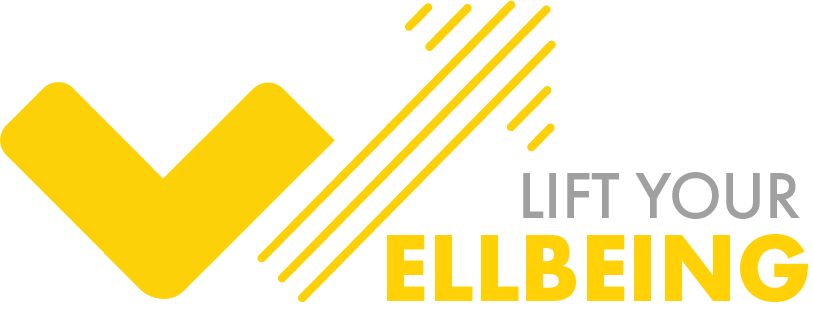A new way to think about mental health
I have finished a certification in Neuroscience and Brain Health, this was the most incredible learning experience I have ever had and I will be sharing so much of my new knowledge through our content, on-demand library and workplace training.
The first model that I am itching to share with you all is simply called The Top-Down, Bottom-up, Outside-In model of brain health. This is a framework grounded in Neuroscience research and developed by Dr Sarah McKay who facilitated the training. It is similar to the Biopsychosocial model but for me that's much harder for the everyday person to wrap their head around.
We are making progress on mental health
As a society we making so much progress on reducing the stigma around low mental health and having really open and honest conversations that are helping everyone.
But we still have some work to do to understand what are the causes of our low mental health and what we can do to support ourselves and others.
So what is the TD - BU - OI framework?
Our brain is receiving messages every second of everyday, the combination of these messages plays a huge role in determining our brain health and where we sit on the mental health continuum in that moment.
The messages are coming from 3 main areas
The top down - this relates to our mind and our thinking which is driven by our belief systems, our values, our past experiences, our self esteem and our emotions.
The bottom up - this relates to the messages that are being sent from our body up to the brain. This could include your hormones, how well you have slept, how hydrated you are, how healthy your diet has been, how much you have exercised, your immune system, your genes and other lifestyle decisions you make.
The outside in - This relates to your outside world, much of which is experienced through your eyes. This could include what's happening at work, how much time you're spending in nature, how you consume the news and social media, your education, the health of your relationships, how much stress you have in your life and other life events we experience.
Common misconception about mental health
Mental health and mental illness are not the same thing. We all have mental health, it's a continuum from suffering to thriving and where we sit on that continuum is very likely going to be determined by the inputs our brain is receiving through the areas discussed above.
Mental illness needs to be diagnosed by a professional, whilst there are 100's of different mental illnesses some of the common ones you may have heard of or experienced include depression, anxiety and substance abuse. It is thought that 20% of people will experience a mental illness in any given year, this number is disgracefully high and as such why we all still need to increase our knowledge or brain health and its influencing factors.
If you or someone you know is feeling very low then it is definitely advised to speak with your GP right away so you can receive the right professional support.
As for everyday mental health, especially in the context of the workplace, I hope this framework has been an interesting consideration for you from an individual perspective and it should help provide some guidance when talking about mental health at work.
If you’d like to learn more about the workplace wellbeing solutions we provide, we have the following options
Leadership training and education on mental health and wellbeing
Digital wellbeing platform with daily live stream classes, click here for workplaces free trial or here for a free trial if you’re an individual.

